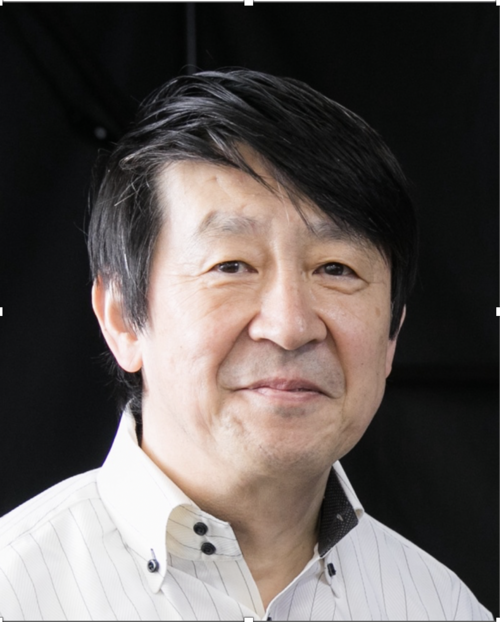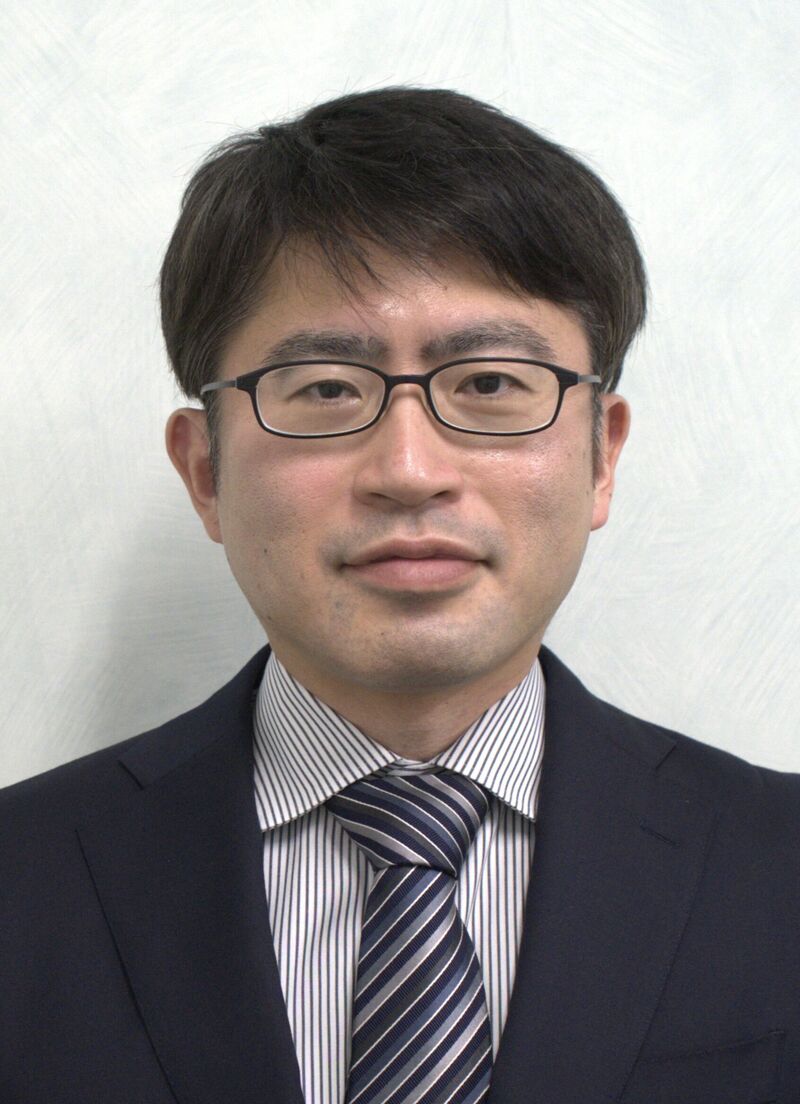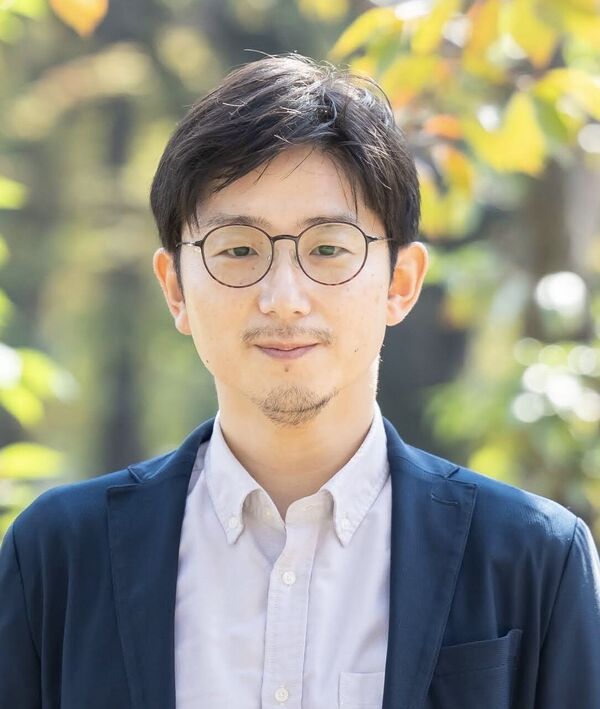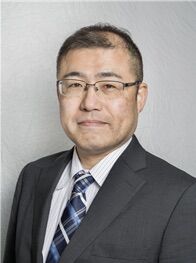第5回CIBoGリトリート〜第6回名大医薬系3部局・岐阜薬科大学・岐阜大学iGCORE・ ラクオリア創薬産学協同研究センター合同シンポジウム〜(第16回NAGOYAグローバルリトリート)2024年2月16日(金) 〜17日(土)
第5回CIBoGリトリート
(第16回NAGOYAグローバルリトリート)
〜第6回名大医薬系3部局・岐阜薬科大学・岐阜大学iGCORE・
ラクオリア創薬産学協同研究センター合同シンポジウム〜
テーマ「再会の舞台・交流の原点 / Place of reunion & origin of interaction」
日 時:2024年2月16日(金) 10:00〜17日(土) 12:00(1泊2日)
前夜祭:2024年2月15日(木) 16:00より学生ワークショップ参加者を対象に前夜祭を実施します
場 所:あいち健康プラザ(大府市、対面)
バ ス:下記のバスを準備予定ですが、人数が集まらない場合は取りやめとなる可能性があります。
2024年2月16日(金) 8:30 東山キャンパスおよび鶴舞キャンパス発 会場行き
2024年2月16日(金) 21:00 会場発 大府駅、東山キャンパス、鶴舞キャンパス行き
2024年2月17日(土) 12:00 会場発 大府駅、東山キャンパス、鶴舞キャンパス行き
参加費、食費、宿泊費:無料(主催者負担)
ドリンク代:1,000円(夕食および交流会参加者、現地でお支払い下さい)
参加対象者:東海地区の研究機関の教員、研究者、ポスドク、医員、大学院生、学部生
CIBoG連携機関の研究者
参加機関:
名古屋大学医学系研究科(協力講座・連携講座を含む)
名古屋大学環境医学研究所
名古屋大学創薬科学研究科
名古屋大学情報学研究科
名古屋大学生命農学研究科
岐阜大学連合農学研究科
岐阜大学自然科学技術研究科
岐阜薬科大学
国立長寿医療研究センター
自然科学研究機構生理学研究所
愛知県がんセンター
愛知県医療療育総合センター発達障害研究所
【特別講演1】
稲見 昌彦先生
東京大学 先端科学技術研究センター 身体情報学分野
https://www.rcast.u-tokyo.ac.jp/ja/research/people/staff-inami_masahiko.html
JIZAI Body: beyond human limits
 |
Abstract The social revolutions have accompanied innovation of the view of the body. If we regard the information revolution as establishment of a virtual society against the real society, it is necessary to design a new view of body ""JIZAI body (Virtual Cyborg)"", which can adapt freely to the change of social structure, and establish a new view of the body. In this talk, we discuss how we understand of basic knowledge about the body editing for construction of JIZAI body (Virtual Cyborg) based on VR, AR and Robotics. Superhuman Sports: Applying Human Augmentation to Physical Exercise. |
【特別講演2】
中野 明彦先生
国立研究開発法人理化学研究所 光量子工学研究センター
http://sclim.riken.jp/about/
PARADIGM SHIFTS IN MEMBRANE TRAFFIC RESEACH
- SEEING IS BELIEVING?
 |
Abstract |
【一般講演1】
和氣 弘明 先生
名古屋大学大学院医学系研究科 分子細胞学
https://www.med.nagoya-u.ac.jp/cel-bio/en/index.html
Multi-cellular dynamics and their manipulation
 |
Abstract The interaction of neuron and glia is essential for functional neuronal circuits. We have been especially focused on microglia, a sole immune cell in CNS. In addition to the pathological function of microglia, recent developments in molecular probes and optical imaging in vivo have revealed that microglia are highly motile cell in the healthy brain, extending and retracting their process that extend from a largely stationary cell soma. We reveal their physiological and pathological function on synapse and vessels. In this session, we will show microglial role for cross modal plasticity and show how they can contribute on sensory discrimination by their effect on neural circuit function. In addition, we will introduce our recent developed holographic microscope that can precisely measure and manipulate neuron and glial cell activities in a spatiotemporal manner in living mice to ultimately affect on behavior output. Furthermore, we will show our successful evaluation method to analyze the functional neuronal connectivity to integrate the transcriptome information. |
【一般講演2】
名古屋大学糖鎖コア研究所
松井 佑介 先生
https://igcore.thers.ac.jp/en/about/organization/
BigData-driven health science in the DX era
 |
Abstract |
【一般講演3】
鈴木 健一 先生
岐阜大学 糖鎖生命コア研究所 細胞生物物理学
https://www1.gifu-u.ac.jp/~single/
Unraveling of mechanisms of signaling platform formation in cell membranes by single-molecule imaging and super-resolution microscopy
 |
Abstract Intracellular molecules do not work synchronously but essentially work in a stochastic process (randomly) because intracellular molecules undergo Brownian motion. Individual molecules engage in interactions lasting less than seconds, with the proportion of interacting molecules rarely exceeding 10%. For example, single-molecule observation revealed that an oncogene product, K-Ras is activated by binding with GTP for only less than 0.5 seconds, and the activated fraction is less than 10%. To elucidate the mechanisms of such transient and rare molecular events in cells, we developed a high-speed single-molecule imaging system (sometimes at the world's fastest speed of 20,000 frames per second!) and collected statistics on the time and frequency of events (Suzuki et al., Nat. Chem. Biol., 2012; Komura et al., Nat. Chem. Biol., 2016; Fujiwara et al., J. Cell Biol., 2023). Furthermore, by using the technique of high-speed single-molecule observation, we developed high-speed dual-color PALM/dSTORM super-resolution microscopy and analysis methods. In addition, we can acquire pseudo-real-time movies in living cells. By using these state-of-the-art imaging techniques, we recently discovered the clustering of signaling molecules such as K-Ras and STING (Kenmoku et al., Nat. Commun. 2024) in small (~100 nm in diameter) lipid domains of living cell plasma membranes and trans-Golgi networks, respectively. Our results showed that both lipid-lipid and protein-lipid interactions are important for the clustering. Furthermore, we also unraveled the mechanisms of how these signaling molecules interact with the downstream signaling molecules in lipid domains. In this talk, I will introduce these imaging techniques and recent advances in our studies. |
■参加登録・ポスター発表登録
ポスター発表をされるかた(参加登録とポスター発表登録、12月25日(月)締切) →締切を1月8日(月)まで延長します。
https://forms.office.com/r/C5wmCFUXsA
ポスター発表をされないかた(参加登録のみ、1月8日(月)締切)
https://forms.office.com/r/wSpnc35ajn
■プログラム(仮)
2024年2月15日(木)
16:00 - 前夜祭(学生ワークショップ参加者のみ、ワークショップの準備)
2024年2月16日(金)
9:00 - 10:00 受付 ポスター掲示
10:00 - 10:10 開会式
10:10 - 10:40 一般講演1 和氣 弘明 先生 発表 20分 質疑応答 10分
10:40 - 11:50 ポスターセッション1 (奇数番号) 審査あり
11:50 - 12:50 昼食
12:50 - 14:00 ポスターセッション2 (偶数番号) 審査あり
14:00 - 15:00 特別講演1 稲見 昌彦 先生 発表 45分 質疑応答 15分
15:00 - 15:10 休憩
15:10 - 16:10 特別講演2 中野 明彦 先生 発表 45分 質疑応答 15分
16:10 - 16:40 一般講演2 松井 佑介 先生 発表 20分 質疑応答 10分
16:40 - 17:00 記念撮影
17:00 - 17:30 チェックイン
17:30 - 18:30 夕食
18:30 - 20:30 ポスターセッション3、学生ワークショップの準備
20:30 - 21:00 ポスター回収
21:00 - 交流会
2024年2月17日(土)
8:00 - 9:00 チェックアウト
9:00 - 9:30 一般講演3 鈴木 健一 先生 発表 20分 質疑応答 10分
9:30 - 10:30 学生ワークショップ発表 審査あり
10:30 - 11:00 CIBoG報告会
11:00 - 11:20 つるま奨励賞授賞式
11:20 - 11:40 動画賞、ポスター賞、学生ワークショップ賞授賞式
11:40 - 11:50 閉会式
11:50 - 12:00 片付け
■ポスター発表について
1. 言語:英語で作成してください。
2. サイズ:幅 90cm ×高さ 180cm以内
3. 対象:誰でも発表可能。ただし、ポスター賞の対象は学生に限定させて頂きます。
4. 紹介動画:全てのポスター発表者はフラッシュトークの代わりに紹介動画を提出してください。詳細は下記を確認して下さい。
5. ポスター掲示時間:2月16日(金) 10:00〜20:30(貼付9:00〜10:00, 回収20:30〜21:00)
6. ポスター審査時間:2月16日(金) 10:40〜11:50(奇数)、16日(金) 12:50〜14:00(偶数)
この時間にポスター賞の審査を行います。発表者はポスター横に待機してください。
7. 演題登録:登録サイトにて、演題とabstract(200 words)を英語でご登録ください。
8. 演題番号:抄録に掲載します。各自ご確認ください。
■紹介動画について
従来のフラッシュトークに代わり、紹介動画をインターネットで事前に公開します。
1. 時間:1分以内
2. 言語:英語もしくは日本語
3. 内容:簡単な自己紹介とポスター発表の内容紹介
4. サイズ:16:9(PowerPointで作成する際は1280x720を推奨)
5. 動画作成方法:こちらをご覧ください: https://support.microsoft.com/ja-jp/office/プレゼンテーションをビデオに変換する-c140551f-cb37-4818-b5d4-3e30815c3e83
6. ファイル名の規定:演題名(英語)を入力してください。スペースはなくしアンダーバー(_)を入れてください。
7. 提出期限:2024年1月15日(月)
8. 公開方法:動画公開サイト vimeoで公開、視聴にはパスワードが必要。パスワードは参加者全員に後日、告知します。
9. 公開期間:2024年2月5日(月)〜17日(土)
10. 動画賞審査期間:2024年2月5日(月)〜15日(木) 正午12時 *注 リトリート初日前日に締め切ります。
11. リトリート参加者全員に投票権があります。中でも、動画投稿者は必ず審査をしてください。
■学生ワークショップについて
大学院生の交流と学習を目的とした学生ワークショップを開催します。異なる分野の専門家や他の学生とのネットワーキングを通じて、新しいアイデアや視点を得る機会にもなります。
事前準備: 学生が中心となって自分の専門分野や興味のあるテーマに基づいてグループを作り、事前に準備をします。
前日: 2月15日(木) 16時に、あいち健康プラザに集まり対面で準備を行います(任意参加)。参加者には宿泊費を支給します。
1日目: 各グループはテーマについて議論を深め、意見をまとめます。途中参加も途中退室もOKとします。教官の参加も可能です。
2日目: 発表会を実施します。2日目の参加者全員で審査します。
お問い合わせ先:
リトリート実行委員会事務局(CIBoG卓越大学院推進室内)
Tel: 052-744-1946
cibog@med.nagoya-u.ac.jp

